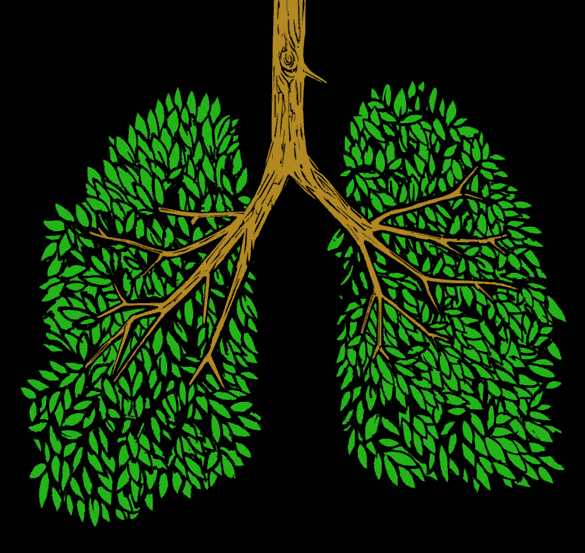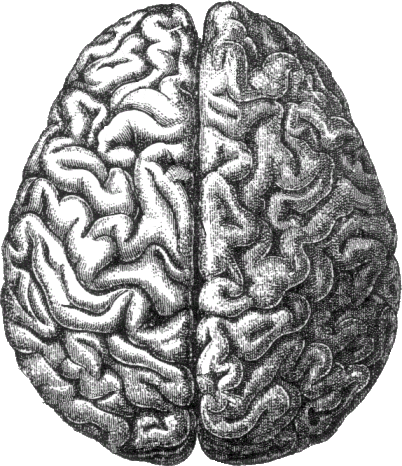-
Introduction Lesson 5.1 - Cell Energy
Welcome back!
W hat does a hamburger and a plastic bottle have in common? Well, for starters, they are both products of photosynthesis. All of the food we eat and all the crude oil we turn into gasoline and plastics only exist because certain living organisms have converted the light energy from the sun into chemical energy. Plants, algae, and cyanobacteria are called photosynthetic organisms; meaning they can make their own food. Most animals can’t make their own food and must therefore consume (eat) another living thing to get energy. During a process known as cellular respiration, mitochondria in the cells of plants or animals use the chemical energy formed during photosynthesis to make ATP. When mitochondria are forced to work with little or no oxygen the process is called fermentation and less ATP is made. You may have felt a byproduct of fermentation called lactic acid which makes your muscles sore after exercising too hard or for too long.
B y the end of this lesson, you should be able to describe the processes by which cells capture and release energy, and identify the organelles involved.
C onsider the following questions while you are working through the lesson:Explain why the chloroplast is considered an energy converting organelle and not an energy creating organelle. What is the role of chlorophyll in the processes of photosynthesis? How is a glucose molecule similar to a battery? Describe the relationship between photosynthesis and cellular respiration. Why do the mitochondria make less ATP during the process of fermentation? 
-
Big Idea? Summary Instructions for Lesson 5.1
N ow that you've completed your notes for this lesson, it's time to carefully review them. To receive credit, your summary must reach a minimum word count, and must include all of the required vocabulary terms listed below.Use your notes and the Guiding Questions in the lesson Introduction to help you.
Required Vocabulary Terms:
photosynthesis, chloroplasts, chlorophyll, glucose, oxygen, cellular respiration, mitochondria, ATP, fermentation
Minimum Length:
50
-
Activities Research & Labs
Instructions: Click on the link below to explore an interactive on the environmental conditions plants need in order to survive. Revive a dying plant and help it thrive by adjusting its light, atmosphere, and soil. Show Mr. Guidi once you've successfully revived the plant to earn another token. What Plants Need
Video Activities
Instructions: Watch the BrainPOP videos below and then take the "Classic Quiz." Pass the quiz with a 80% or better and show Mr. Guidi to earn a token. 
